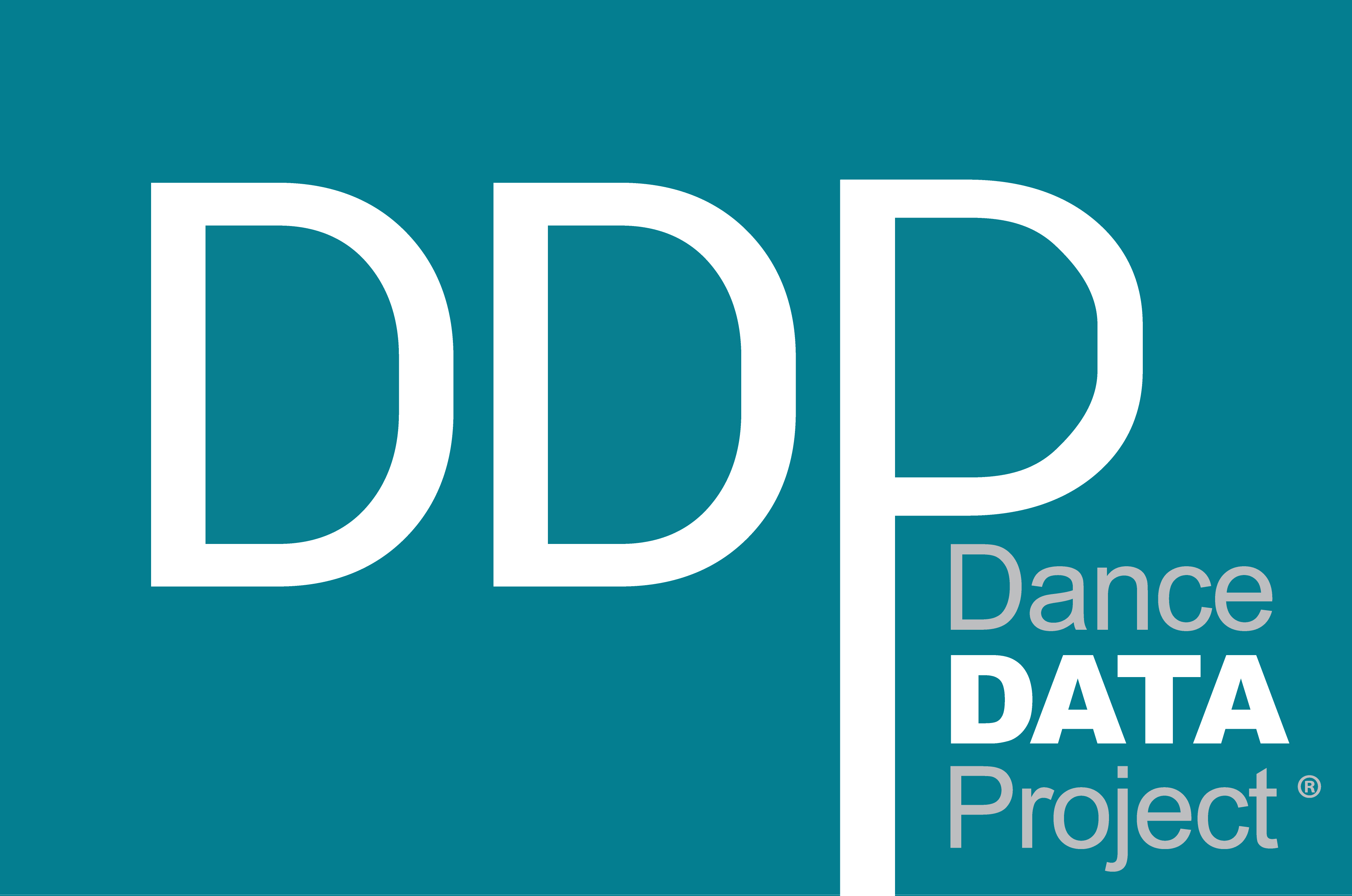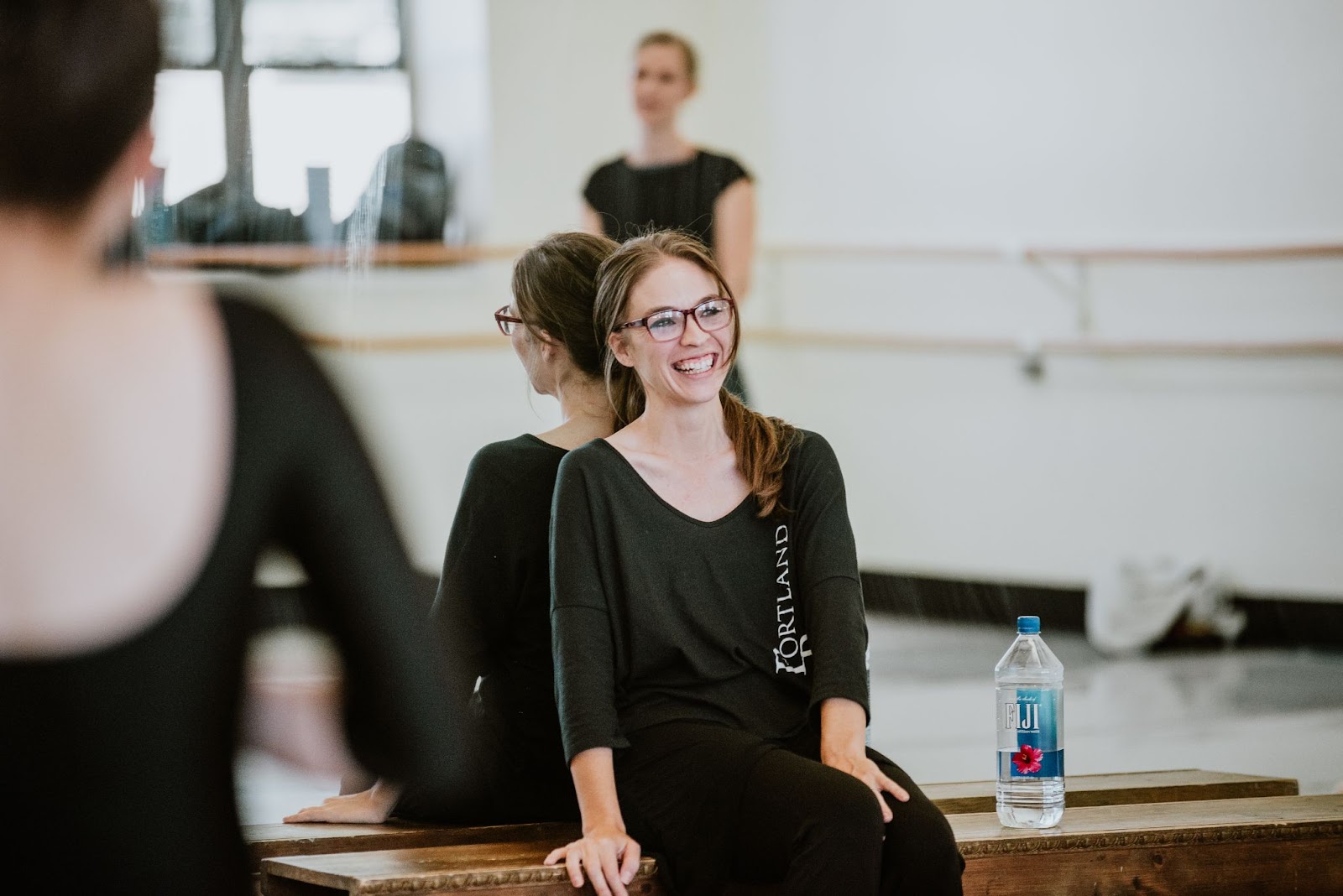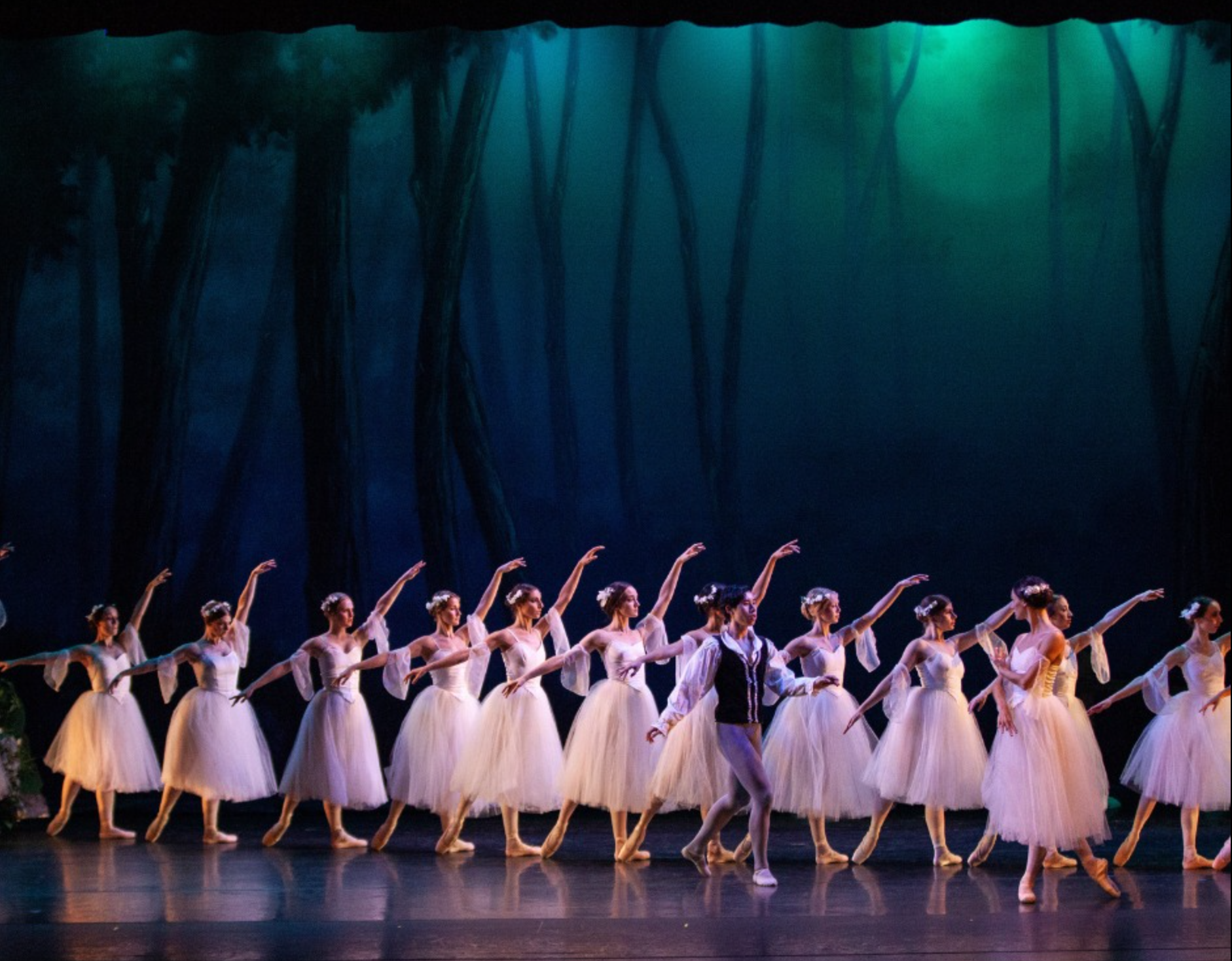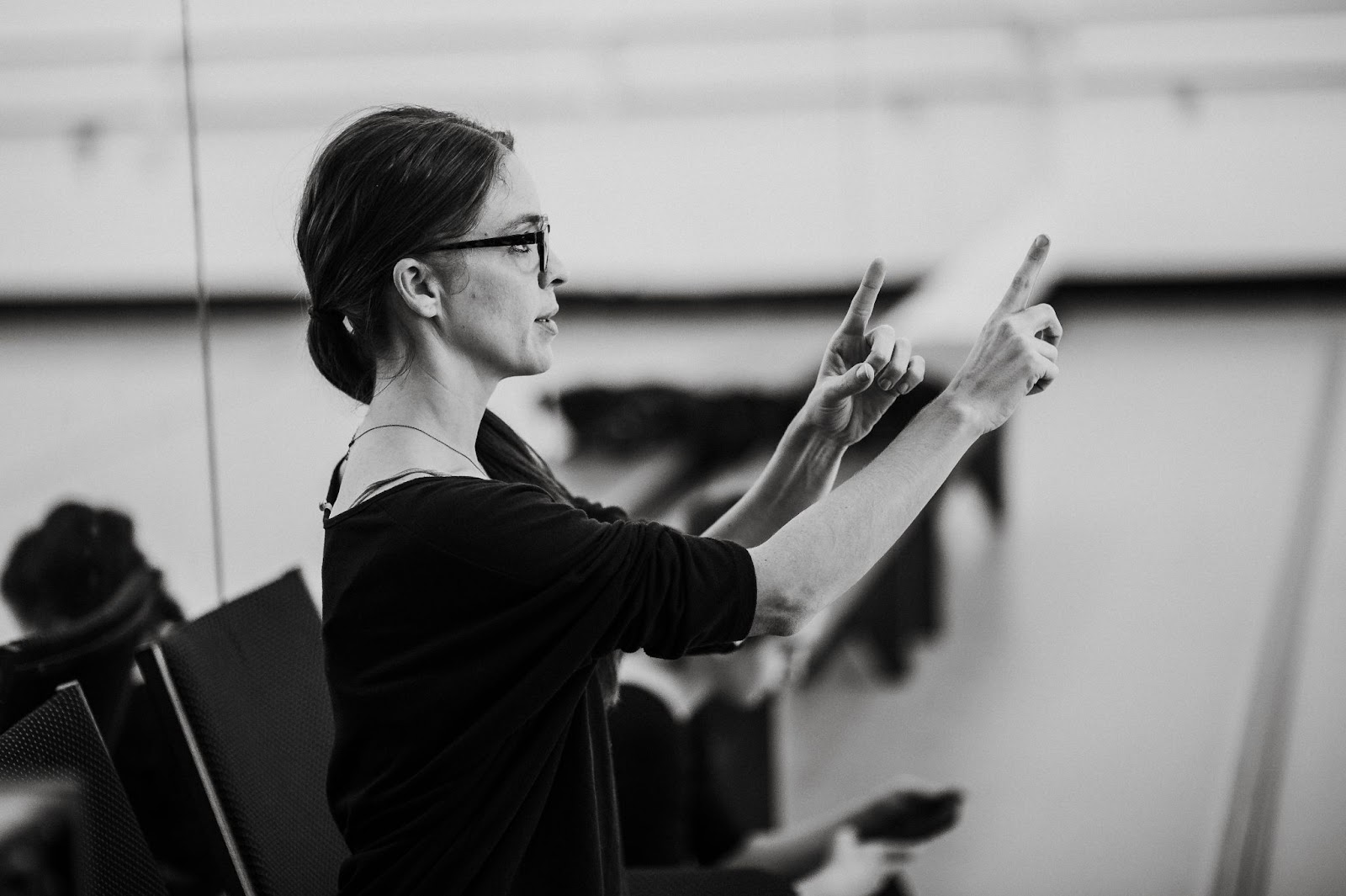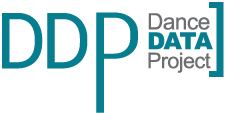DDP Talks To Nell Shipman (Artistic Director)
Portland Ballet
You’ve now been running Portland Ballet since 2015. How did you come to take over the company and what did the transition from dancer to choreographer to Artistic Director look like for you?
Well, I am heading into my 19th season with Portland Ballet so this transition has taken quite a few years. There is a lot to learn about how a company runs and why decisions are made. I am really lucky to have been able to work in just about every aspect of this company to really feel its heartbeat and understand how to maneuver its navigation systems. The transition from dancer to choreographer felt pretty natural and followed a somewhat predictable path. I started performing with the company and taught at its affiliated school and had natural opportunities to choreograph. Dancers and audiences connected with my work and so I began to choreograph more on the company. From there I became more integrated into the administration side of the organization as I began to help plan seasons and schedules and organize auditions along with other work. And the more work I did the more work I did. When the time came to hire a new Artistic Director I was poised with historical knowledge along with a clear vision for the future and the puzzle fit together pretty naturally.
You’ve mentioned in the past that you “knew by the time you were twelve that you wanted to choreograph.” Your choreographic credits have now grown to include works like Three Tales by Poe, Boy Meets Girl, The Legend of Sleepy Hollow, Firebird, A Midsummer Night’s Dream, and Jack the Ripper. What was it that drew you towards directing and leading a company, rather than just pursuing a career as a choreographer?
When I say I knew by the time I was twelve that choreographing is what I wanted to do, I think I meant that in looking back, I now realized that most of the time, when I had time and the freedom to do so, I would find myself occupied with creating stories through music and movement. I don’t think that I was determined at a young age to “be” a choreographer. I think that was where I naturally found myself, and where I was happiest. This relates here because – I was never really drawn to directing and leading a company, but I found myself in a situation where the company I had devoted so much of myself to was asking me to step up and so I did. Given how Portland Ballet operates, I still had opportunities to create and choreograph so I didn’t have to give up what feeds me most.
As a woman who both directs and choreographs, what advice would you give to a female dancer interested in breaking into more leadership roles in dance?
Probably try not to worry about whether or not you are going to break into a leadership role. Work hard. Do good work. Appreciate the people who work alongside you. Don’t be afraid, intimidated, or insecure if you are working with someone who is “better than you” – learn from them. It’s not just about believing in yourself, you have to act on it with intelligence and courage and keep going until the job is done. And know that the job is never done.
Portland Ballet’s 2022-2023 season is programmed to include ballets like Giselle and Sylvia alongside various new works. Tell us a bit more about your plans for the upcoming season.
It’s exciting to get back to putting together a season that resembles a somewhat normal routine. After putting together seasons for the last few years that were very out of the ordinary I was really excited to present some favorites that help audiences remember why they love ballet so much with some exciting new things to fall in love with. It is so great for dancers to participate in the classics – being a part of the history, and then also creating something unique and fresh – being a part of the future. It’s such a cool part of being an artist and that’s what this season is wrapped up in.
Your annual wintertime production, A Victorian Nutcracker incorporates “elements and characters from the city’s 19th-century history.” How does the city of Portland influence and inspire both this show and your other productions?
I think all artists are inspired or influenced by their surroundings. Whether they are intentional about it or it happens naturally or maybe subconsciously. So, I am pretty sure that the city of Portland, its culture and vibe, can be found in almost everything we do. It’s a great place, full of life with plenty of room for quiet space as well. For a Victorian Nutcracker the presence is a little more overt, the Party Scene takes place in the city’s Victoria Mansion and the characters are pulled from the city’s history. It’s great and nostalgic and lavish and a lovely fit to the feelings that that time of year brings. For our other work, I don’t know if I can pinpoint exactly where you can find Portland’s influence, but it’s in there.
In 2021, the company won a Propel Adaptive Business of the Year Award as recognition for having changed its “business model to help others during the pandemic.” How did COVID-19 affect the company, and what changes and developments arose from it?
I think the changes that arose from working our way through a pandemic that are still present in our operations may not be apparent to our audiences and community. Obviously, in the heat of it all, everything looked extremely different – navigating operations while abiding by strict protocols to keep everyone safe felt like life on a different planet for a while. But as all of that slowly started to lift, the changes that remain are somewhat internal both personally and organizationally. We now have a system or systems in place to ensure the organization can continue when faced with the unknown. We now have proven effective ways of staying engaged with our audiences and community in ways that are different from the typical. We now have a baseline for keeping our artists and staff employed through an altered state of action. The biggest change brought on by establishing these systems is the strength that having them in place brings.
The company’s website also mentions that your community performances “reach over 1,500 local students and residents of retirement communities and disability support homes annually.” What role does educational and community outreach play in the operation of the company?
As performing artists, we keep our focus on getting on the stage and presenting. But when you peel the layers of a full-scale production away, ultimately what we do is share our art with as many people as we can. No matter the venue. Outreach is monumentally important to this. Stepping out of the theater is always fulfilling and a fantastic reminder of the powerful connection we have with our community. We make sure that, after that connection, we stay engaged, we return, we invite and we continue to find new ways to connect. A thriving arts community supports a healthy general community and vice versa. Outreach is vital to maintaining this important relationship.
Looking beyond this upcoming performance season, what are your future plans and ambitions for the company?
To stay on path and keep moving forward. We have taken some pretty substantial steps in the past few years and I am hopeful to keep on this pace. We have our eyes on adding some new classics to our rep and I am always thinking of new work to include. I am excited for the future and I am ready to tackle what is next.

